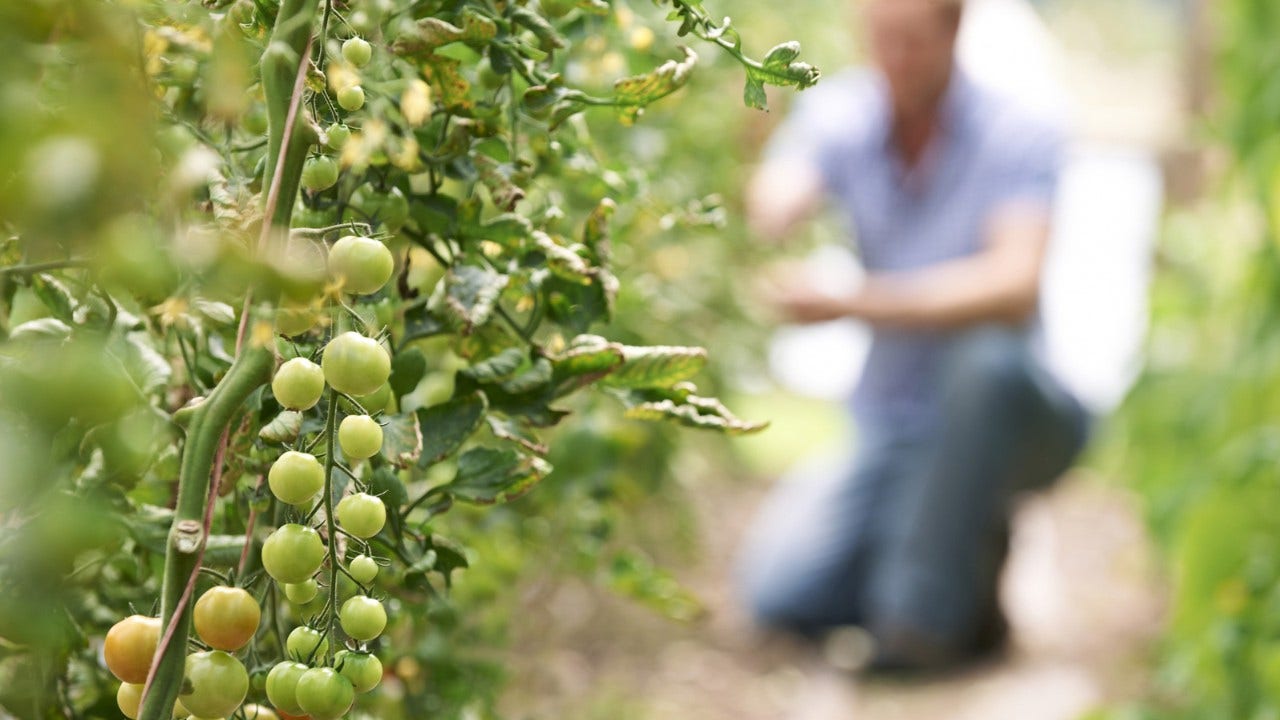Description
The greenhouse whitefly (Trialeurodes vaporariorum), sweet potaty whitefly (Bemisia tabaci) and silverleaf whitefly (Bemisia argentifolii) are serious insect pest worldwide. Over 500 plant species including weeds and vegetable, ornamental and agronomic crops are attacked. The undersides of leaves are colonized by all growth stages. The larval stages are sedentary, while tiny (1mm) adult flies are mobile, moving short distances from leaf to leaf or plant to plant, or are carried for miles by the wind. Once established, populations build up rapidly due to a life cycle of 20 days or less. Whiteflies feed mainly from phloem tissue and cause plant damage similar to that due to aphids. Whiteflies can also cause uneven ripening and a white internal discoloration in fruit.
The viruses transmitted by whiteflies are very important in tropical and subtropical regions, but are not confined to these areas. In tomatoes, the adults sweet potato whitefly is an important vector of geminiviruses such as tomato yellow leaf curl, tomato mottle virys and the numerous geminivures found throughout Mexico, and Central and South America. The adult greenhouse whitefly, Trialeurodes vaporariorum, transmits tomato infectous chlorosis virus, a new problem in California tomato production. Most of these viruses are carried persistently, generally throughout the adult life of the vector. There is no evidence to suggest viruses are passed to the next generation through the egg.
 The greenhouse whitefly (Trialeurodes vaporariorum)
The greenhouse whitefly (Trialeurodes vaporariorum)
 The silverleaf whitefly (Bemisia argentifolii)
The silverleaf whitefly (Bemisia argentifolii)



